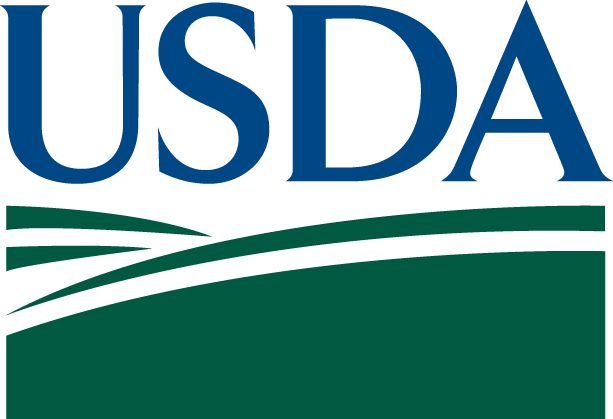Machine Learning approach to identify parameters affecting mycotoxin risk in US wines
This project aims to develop, design, prototype and test a machine learning system that can be used to predict the likelihood of mycotoxin risk in US wines based on various climactic, pre-harvest, and post-harvest factors. Mycotoxins are secondary metabolites produced by filamentous fungi that grow on many fruits, cereals, and nuts. They can cause illness and disease in both humans and animals, in very low concentrations (e.g., parts-per-billion). Economic losses in the agricultural sector due to mycotoxins in the US are approximately $1 billion per year resulting from reduced crop value and yield due to mycotoxin contamination, loss in animal production, and human health costs. Recognizing the threat posed by mycotoxins in wines, we seek to assess a multitude of mycotoxins never before assayed in US wines using complementary HPLC-MS/MS chemical analyses. Combining this novel data set with information on the climate, pre-harvest, and production factors affecting each individual wine we will design, implement, and validate a machine learning system to predict the likelihood of mycotoxin risk in US based wines. This innovative research will be the first of its kind to create a machine learning system to accurately predict mycotoxin likelihood in wine that can aid farmers and wine producers in curbing mycotoxin presence in their wines. Moreover, because much of this data will be based on climactic factors, which strongly mediate mycotoxigenic fungal growth, we predict that this machine learning system may be potentially adaptable to predicting mycotoxin contamination of a wide range of other valuable agricultural commodities.
Dates Active: 2020 — 2022
Organizations
National Institute of Food and Agriculture
